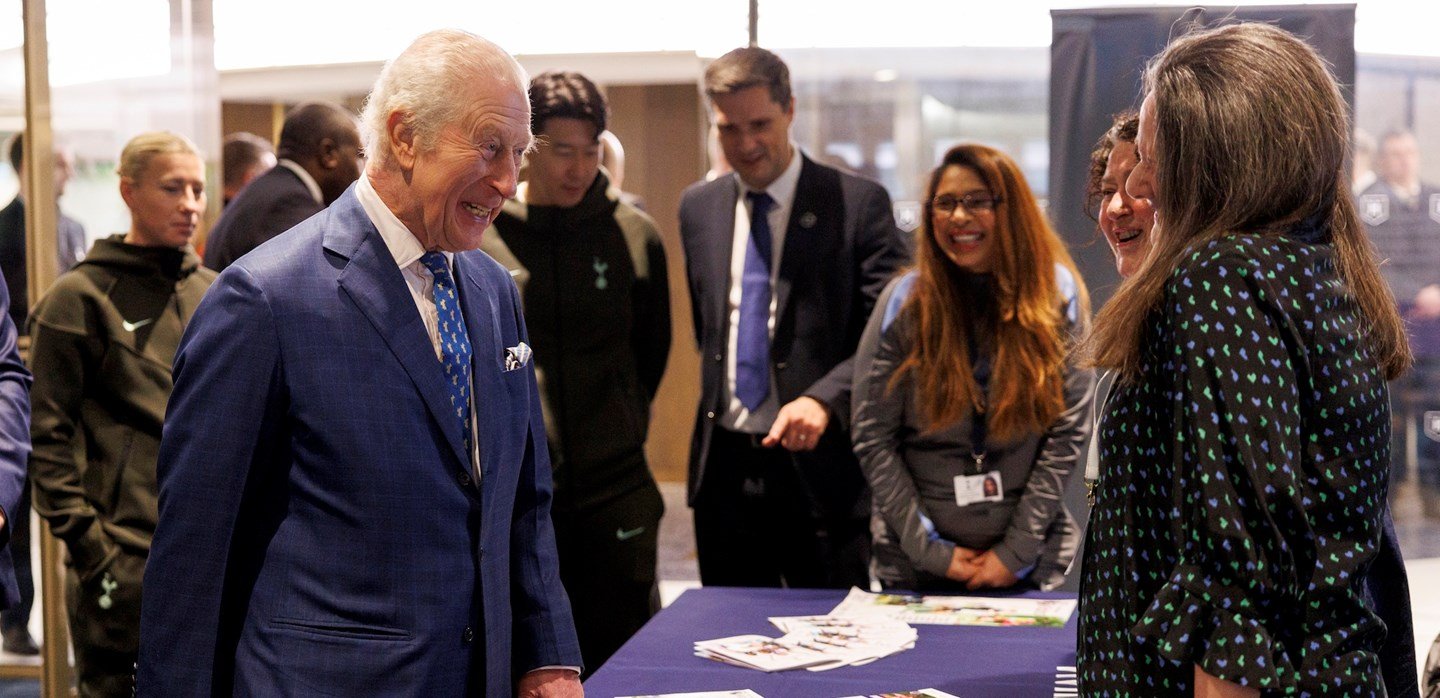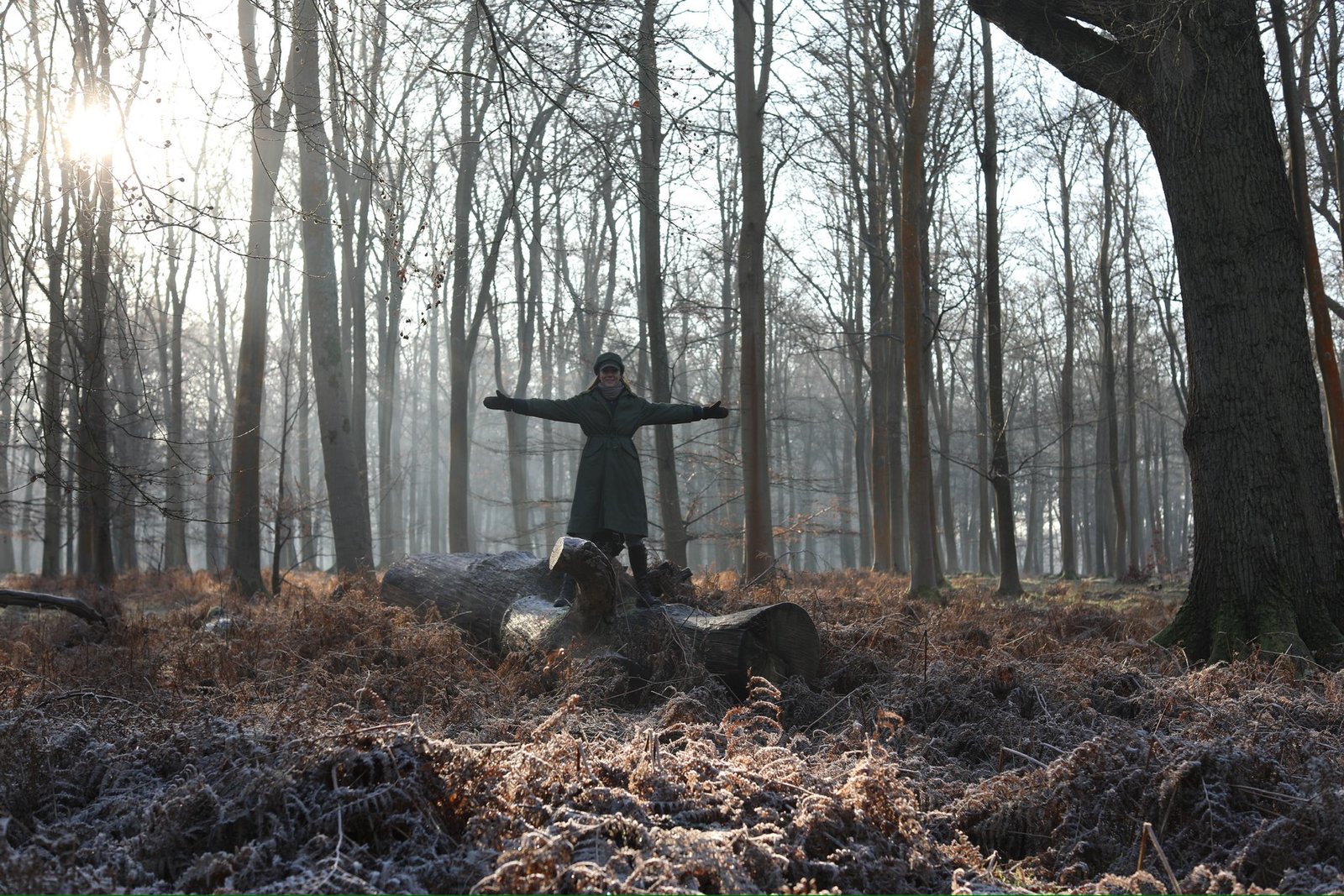Perhaps the most famous love story of history, that of Queen Victoria and Prince Albert, is filled with joy and sadness. Victoria is remembered by many as a widow in perpetual mourning, longing once more for the company of her beau, whom she adored. But how did they meet and fall in love? Was their relationship always good?
Victoria – christened Alexandrina – described her childhood as ‘rather melancholy’, often just with her spaniel, Dash, for company. As heir apparent to the ageing King William IV (her uncle), it was recognised by her mother, the Duchess of Kent, that her daughter might one day be Queen. She was raised under the strict ‘Kensington System’ in order to control every aspect of her life, and make her dependent on the Duchess and her companion, Sir John Conroy.
As the young Princess grew, the Duchess conspired with her brother, Leopold, King of the Belgians, to unite her daughter and her nephew, Prince Albert, the younger son of the Duke of Saxe-Coburg and Gotha. It would ensure power of Great Britain and a number of smaller European states remained in the family – with some wealth to be shared around, too.

Queen Victoria lived at Kensington Palace under the strict Kensington System as a child. Becoming Queen freed her of her mother’s control. (Historic Royal Palaces)
Leopold, who had been married to George IV’s daughter, Charlotte, Princess of Wales, arranged for Albert and his elder brother (Ernst) to visit Windsor Castle in May 1836, hoping to introduce the cousins and spark a romance on the Princess’ birthday. Victoria’s paternal uncle, William IV, however, thought him an unsuitable match, preferring Prince Alexander of the Netherlands.
The meeting worked: in her diary after spending time with Albert, Victoria detailed how she enjoyed the German Prince’s company and described him as ‘extremely handsome’ with dark hair ‘about the same colour as mine; his eyes are large and blue, and he has a beautiful nose and a very sweet mouth with fine teeth; but the charm of his countenance is his expression, which is most delightful’. Furthermore, she cried when he left in June.

The young Victoria was very much attracted to Albert, noting his blue eyes and fine physique Bradford Timeline)
In contrast she described Prince Alexander’s appearance as ‘very plain’.
Victoria wrote to her uncle Leopold, thanking him for introducing the couple and ‘for the prospect of great happiness’. Besotted with her cousin, she further sang his praises: “He possesses every quality that could be desired to render me perfectly happy. He is so sensible, so kind, and so good, and so amiable too,” also commenting on his ‘pretty mouth’ and ‘beautiful figure, broad in the shoulders and a fine waist’. From her diaries, Victoria – quite contrary to the image portrayed in later years – was known to enjoy sex, and made note of Albert’s thighs in tight trousers on the day he wore white pantaloons with ‘nothing under them’.
An engagement was not pushed at the time, as both parties were just 17, but the family expected a relationship to blossom.
Just a year later, William IV died and Victoria became Queen in June 1837. Though the new Queen had decided to make Buckingham Palace her principle residence, her mother followed her to the palace; this was partly to do with social convention, that an unmarried woman lived with her parents, but also because the Duchess wanted to keep an eye on her daughter’s reign.
However, now in a position of power, Victoria, aged 18, gave her mother a remote apartment away from her own in the Palace, and banished Conroy from her presence. The Duchess kept him as her secretary, however, meaning his influence lingered.
With Albert back on the continent, the couple continued to share letters, as Albert attended university in Bonn. He studied law, political economy, philosophy, and art history. An excellent sportsman, particularly skilled in fencing and riding, the Prince also enjoyed music, like Victoria. The Queen took an interest in his education as the two were apart, while she relied on Whig Prime Minister Lord Melbourne for political advice in her role as Sovereign.
The pair were reunited on Albert’s second visit to Britain in October 1839. The relationship developed through their letters must have been strong: after five days together at Windsor, Victoria proposed to Albert. Due to her rank as Queen, it would have been improper for the Prince to have proposed, but he gladly accepted.

Queen Victoria and her husband Prince Albert.2019 marks their 200th birthdays. (Shutterstock)
Just four months later, on 10th February 1840, the couple wed in the Chapel Royal of St James’s Palace. The Queen wore white, setting a tradition that would endure, and flowers in her hair, while the Prince looked dashing in his field marshal uniform.
The couple said their vows at 1pm, with Victoria arriving in a procession of carriages from Buckingham Palace, and was escorted down the aisle by her uncle, the Duke of Sussex. 12 young bridesmaids carried the train of her white satin dress, to which a sapphire brooch was pinned: the evening before, Albert gave this brooch to his fiancee, which her great-great granddaughter Elizabeth II still wears to this day. Victoria also carried a posy of orange blossoms – a symbol of fertility that would prove true: Victoria and Albert had nine children.
The newlyweds spent a three-day honeymoon at Windsor Castle where they had first met, as The Queen could not afford to take too long away from her office. She called her wedding day as ‘the happiest day of my life!’ and described the wedding night as ‘most gratifying’.
Despite enjoying sex, Victoria hated pregnancy and childbirth, and appeared to suffer with postnatal depression, but her husband was a family-man, the children’s governess thinking him unusually kind and patient. He devised an education for his eldest son, Albert (future Edward VII), and would join in family games, but Victoria certainly didn’t follow suit: she thought their son not handsome, with a ‘painfully small and narrow head, those immense features and total want of chin’.

Queen Victoria and Prince Albert had 9 children (wikimedia commons)
It took a while for Albert to settle into his subservient role as husband of a Queen, but eventually found his way, in promoting certain causes, and acting as his wife’s secretary following the death of Lord Melbourne in 1848. It wasn’t until 1857, however, that he was given the title of ‘Prince Consort’, the first in British history, but his influence continued as the German tradition of a Christmas Tree was taken up by the Brits.
The couple were devoted to one another, so much so that they have been described as bad parents, being too selfishly interested in one another than their offspring!
The relationship was a passionate one and tempers often flared: Victoria hated the way Albert was so moral and would often comment on her conduct, and he wanted her to be more active in governing the country, though he seemed to be a little unaware of the background role played by the Monarch in Britain. The Queen’s tantrums saw him resort to putting notes under his wife’s door to communicate with her.
As Victoria fell pregnant repeatedly, he took over some of her governmental work. She was conflicted, pleased that her husband was assisting and admiring his talents and ability, but she deeply resented being robbed of her powers as queen.
Social welfare causes were of interest to Albert and he persuaded the Queen to look into such legislation and support changing it. He invited Lord Shaftesbury (the driving force behind successive Factory Acts, which limited child labour and the length of working days) to Buckingham Palace to discuss the campaign.
Victoria took up various charities, being patron of some 150 institutions.
As President of the African Civilisation Society, the Prince gave a speech in 1840 in favour of abolition of the slave trade. Albert was of the opinion that the Royal Family should set an example to the whole country of decency, hard work and devotion to duty, as well as set a precedent for innovation. Sir Robert Peel described Albert as ‘the most extraordinary young man you will ever have met’.
The arts, science, trade and industry also counted amongst Albert’s interests, for which he headed the Great Exhibition of 1851, to celebrate the great advances of the British industrial age and the expansion of the Empire. Profits from the event established the South Kensington museums complex in London, and he was president of the British Association for the Advancement of Science, and the Sovereign’s husband designed Balmoral Castle, with the gothic becoming fashionable once more.
Comparisons have been drawn between the Prince Consort and The Duke of Edinburgh today: neither shrank from making his adopted countrymen and women face up to some of the daunting problems that were confronting them, and both were foreign Royals.
Albert’s death was thought to have been caused by typhoid. The Prince Consort visited his son, Bertie, in Cambridge to chastise him for his fraternising with prostitutes and other immoral behaviours. The pair walked together in the rain for a good while, talking. When Albert returned to Windsor, he became sick, and died three weeks later.
Victoria blamed her son for Albert’s death, 21 years into their marriage. She could not bear to have her son near her: “I never can or shall look at him without a shudder,” she wrote.
Stoutly in her middle years, her later ones would see her balloon in size. Victoria had always enjoyed overindulgence in almost everything, and this included food. She became controlling of her children, setting up a network of spies and informants to report back on their activities.
Victoria’s devotion to him was clear with the erection of the Albert Memorial in 1872, sitting opposite The Royal Albert Hall of Arts and Sciences, which was built in his name in 1871. At the opening of the hall, the Queen was visibly upset. She only managed to say: “I have to express my great admiration of this beautiful Hall and my earnest wishes for its compete success.” The Prince of Wales had to complete the opening.

Kensington Palace displays one of Queen Victoria’s black mourning dresses, also showing her large frame towards the end of her life (Historic Royal Palaces)
Upon her death, she requested that Albert’s dressing gown and a plaster cast of his hand be placed in her coffin alongside her. She also asked for a lock of John Brown’s hair and his picture to be put in her hand – some suspect the Queen and her servant were more than just friendly.
Their family and story would shape a nation for centuries, giving the British people the notion of a goodly Royal Family, involved in charity work and innovation. Victoria and Albert had a true love story.





